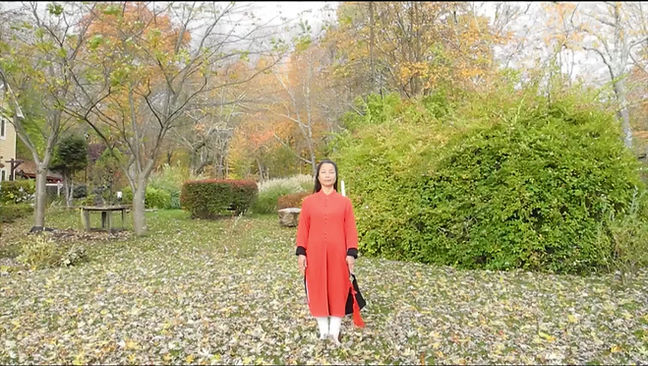Wu Dang and Tai Chi
-Jing Shuai
There exists a Tai Chi diagram (太极图) which illustrates the essential meaning of YI JING 易经, the "First of a Hundred Classics". This graphic contains the vast and deep-rooted Tai Chi philosophical system known as the Yin Yang diagram.
What becomes evident in examining the diagram is that there are many styles of Tai Chi. Why? Because Tai Chi evolved over time, branching off into a variety of styles, but always at its most basic is the theory of Yin and Yang. This theory proposes that opposites can exist in harmony, shadow and light, rest and movement, water and fire.
Few records that predate the Song Dynasty (宋朝; 960 - 1279 CE) exist and refer to a variety of names for what will become known as Tai Chi. What we now call Tai Chi and its elaborate system of movements is credited to Zhang San Feng (张三丰), a Taoist priest who lived in the Song and Ming Dynasties. There are numerous stories, novels, and historical records about Zhang San Feng's martial arts attainments, his creation of Tai Chi, and the development of the Taoist philosophy.

For insight into my training take a look at this video, "Wonder of China: Wudang Tai Chi 中华之奇 太极武当," it’s rather long but if you have the time I think that you will find it interesting.
